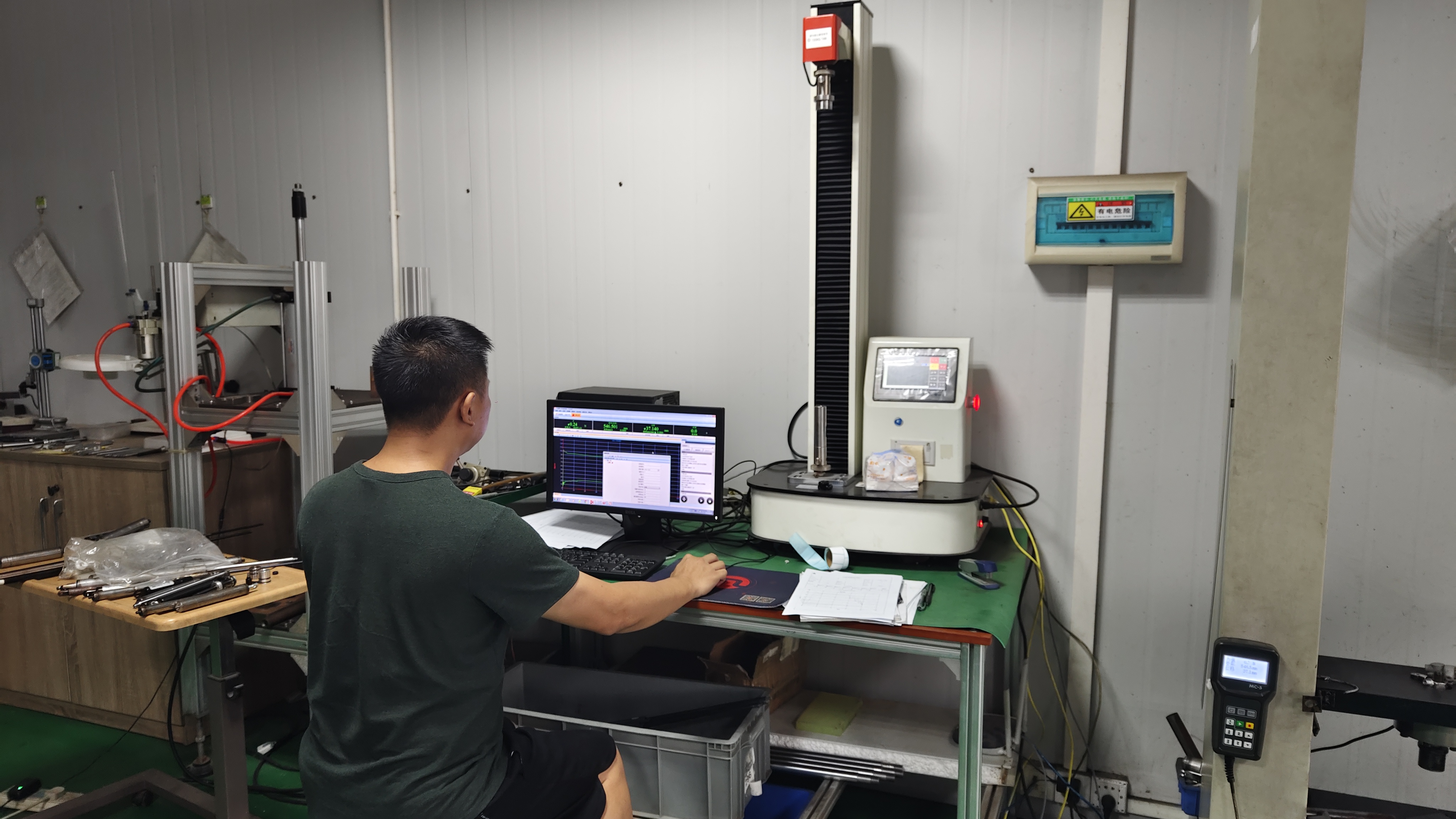
Choosing the right gas spring for your project is crucial to ensure proper functionality and safety. Gas springs, also known as gas struts or gas shocks, are used to provide controlled motion and support in a wide range of applications. Here are some steps to help you choose the right gas spring for your specific project:
1. Determine the Required Force Of Application:
First,You should know the different applications require gas springs with varying characteristics, such as force, length, and end fittings.
Calculate the force or weight that the gas spring needs to support or control in your application. Consider both the static and dynamic loads. You can use the following formula to calculate the required force (F):
F = Weight (W) × Application Factor
The application factor typically ranges from 1.2 to 1.5 to account for safety and operational conditions.
2.Choose The Right Stroke Length:
Measure the distance through which you need the gas spring to extend or compress. Make sure to account for any clearances or travel limitations in your application.
3.Choose the Gas Spring Type:
There are various types of gas springs available, such as compression gas springs, tension gas springs, and locking gas springs. Select the type that best suits your application's requirements.
4. Consider Mounting and End Fittings:
Gas springs come with different end fittings, including eyelets, ball joints, and clevises. Choose the type of end fitting that matches your mounting points and ensures proper alignment.
5. Temperature and Environmental Considerations:
If your project operates in extreme temperatures or harsh environmental conditions, consider gas springs designed for those conditions. Some gas springs are specifically engineered for use in cold, hot, or corrosive environments.
6. Test and Prototyping:
Consider testing a prototype of your project with the selected gas spring to ensure that it meets your expectations in terms of performance and safety. This step is especially important for critical applications.
7. Maintenance and Service Life:
Understand the expected service life of the gas spring and any maintenance requirements. Some gas springs may require periodic inspection and maintenance.
8. Cost Considerations:
While cost is a factor, it should not be the sole determining factor in your decision. Consider the overall value, including the gas spring's performance, durability, and safety.
By following these steps and carefully assessing your project's needs, you can choose the right gas spring that ensures proper functionality and enhances the safety and efficiency of your application.If you want to know more about gas spring lift funciton or size,please free to contact Guangzhou Tieying Spring Technology Co.,Ltd.
Post time: Sep-18-2023



